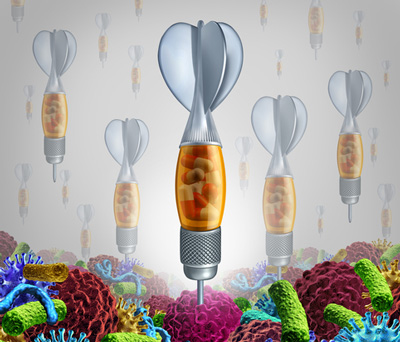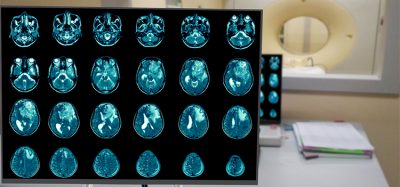Designing therapeutic warheads that target cancer cells
Posted: 10 May 2016 | Victoria White, Digital Content Producer | No comments yet
Scientists have designed dozens of molecular “warheads” that can detect a key biomarker of cancer and could be developed into a new class of drug candidates…


Scientists from The Scripps Research Institute (TSRI) have identified and designed dozens of molecular “warheads” that not only can detect a key biomarker of cancer, but also could be developed into a potent new class of drug candidates for a range of diseases.
A number of these molecules are already “hidden” in drugs approved by the US Food and Drug Administration (FDA), raising the possibility that these widely used pharmaceuticals could be made even more effective using more potent/selective covalent inhibitors or “warheads”.
The molecules in question are known as “nucleophiles”, which share their electrons with “electrophiles” and serve as their atomic dance partners. This sharing of electrons creates an interaction known as a covalent bond, which some consider the fundamental basis of chemical reactivity.
Electrophiles have been available to the scientific community for decades for use as tools to probe levels of cysteine sulphenic acid and to install as “warheads” or covalent modifiers in drugs that target high levels of sulphenic acid in cells.
The downside of electrophiles is that they compete with high concentrations of off-target nucleophiles in the cell, such as glutathione. In addition, this class of covalent inhibitors indiscriminately targets the protein in healthy and diseased cells. “To counteract this effect, our complementary approach would use nucleophile ‘warheads’ attached to a binding scaffold that would target sulphenic acid on therapeutically important proteins in unhealthy cells under oxidative stress,” said Kate Carroll, associate professor on the TSRI’s Florida campus of TSRI.
Optimising chemical properties
To produce a library of “designer” nucleophiles with far greater reactivity, Carroll and her colleague, Senior Research Associate Vinayak Gupta, developed a unique screen. So far, some of the nucleophiles they identified possess more than 200 times the current standard for sulphenic acid probes.
“We now have about 150 of these ‘warheads’ in our library,” Carroll said.
While the greater interest in the scientific community has been in electrophiles, the TSRI team also examined previously unidentified nucleophilic functional groups, such as those within the Pfizer rheumatoid arthritis drug tofacitinib (Xeljanz).
“The nucleophiles we identified in this study represent the first covalent strategy to target sulphenic acid that should be highly enabling for the drug discovery community,” Gupta said. “Moreover, our findings that tofacitinib reacts robustly with sulphenic acid shows that ‘warheads’ or other functional groups in these drugs may indeed have new or alternative mechanisms of action.”
Carroll added, “Tofacitinib may have multiple modes of action that include a nucleophile targeting cysteine sulphenic acid in the active site of JAK kinases. If the nucleophile contributes positively to therapeutic outcome, it might be possible to optimise that chemical property and make the drug more effective.”
Carroll says she uncovers more instances of nucleophiles “hidden in plain sight” every day, suggesting that nucleophiles may, in fact, be unsung central players in these reactions.
Related topics
Oncology
Related organisations
The Scripps Research Institute (TSRI)







